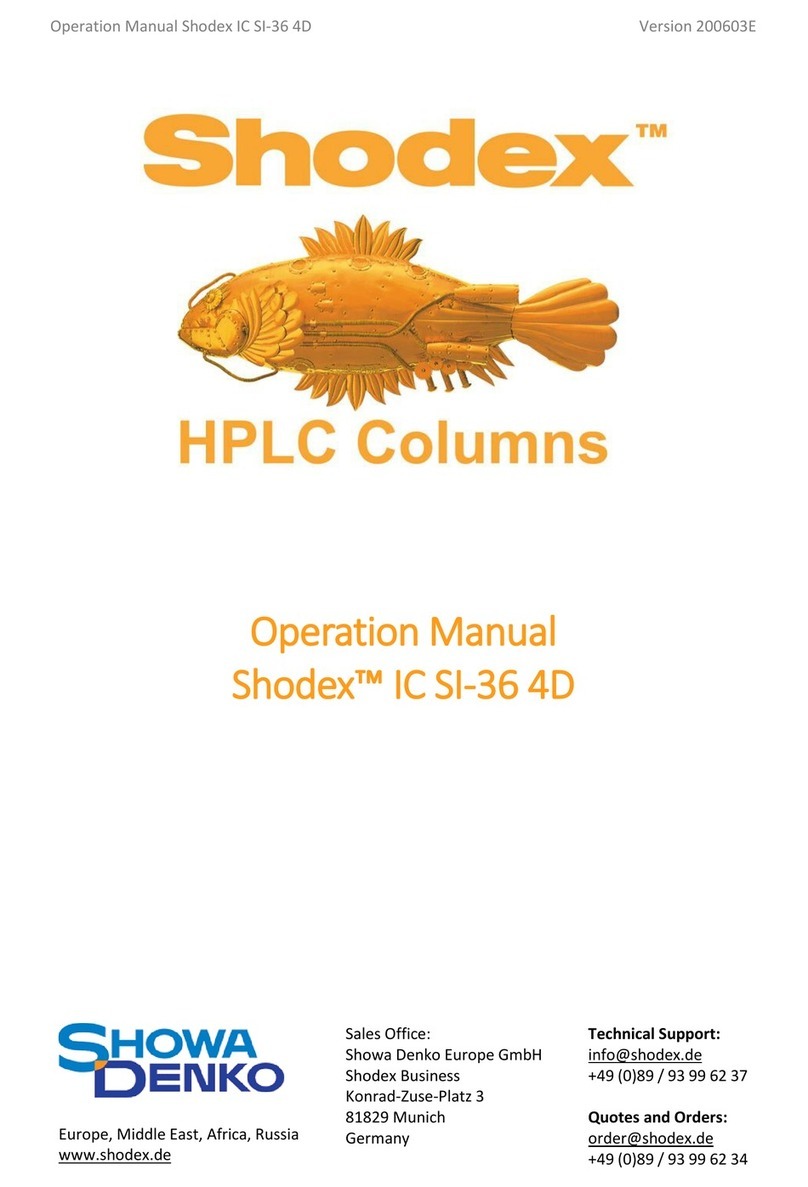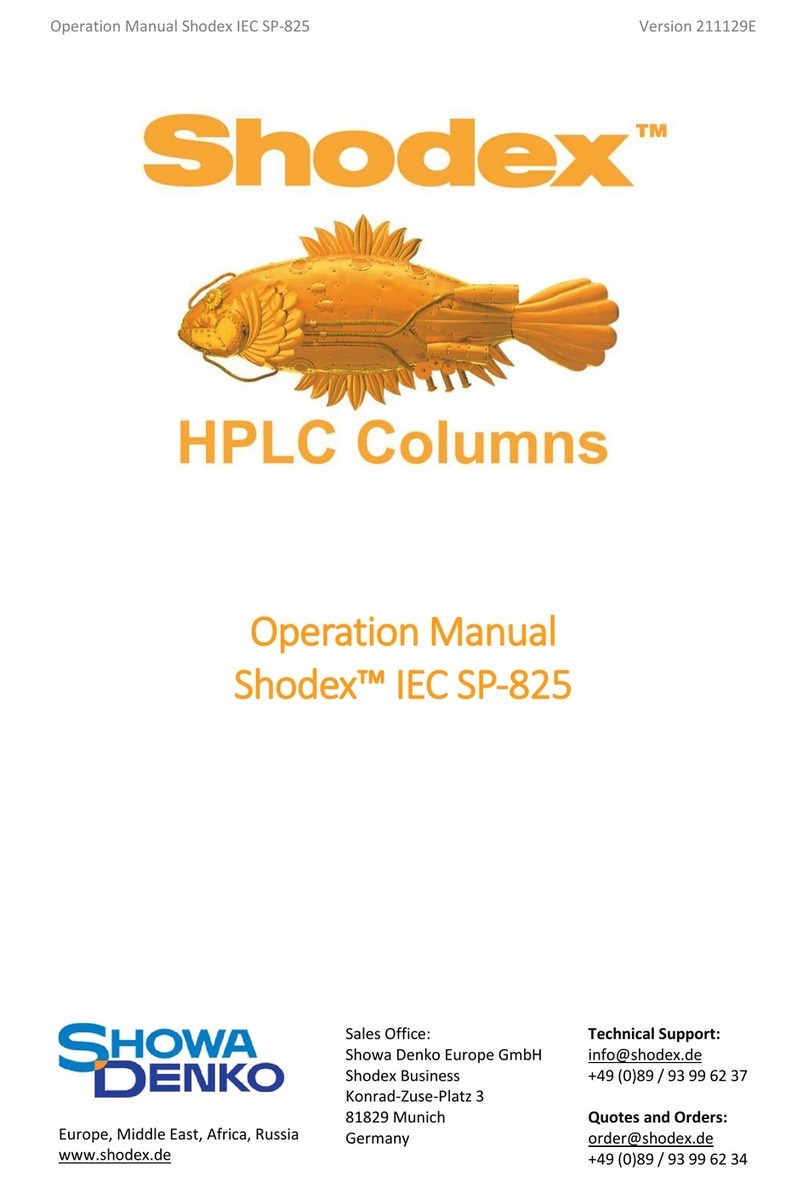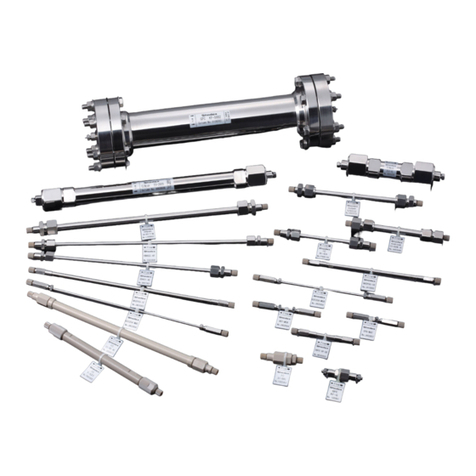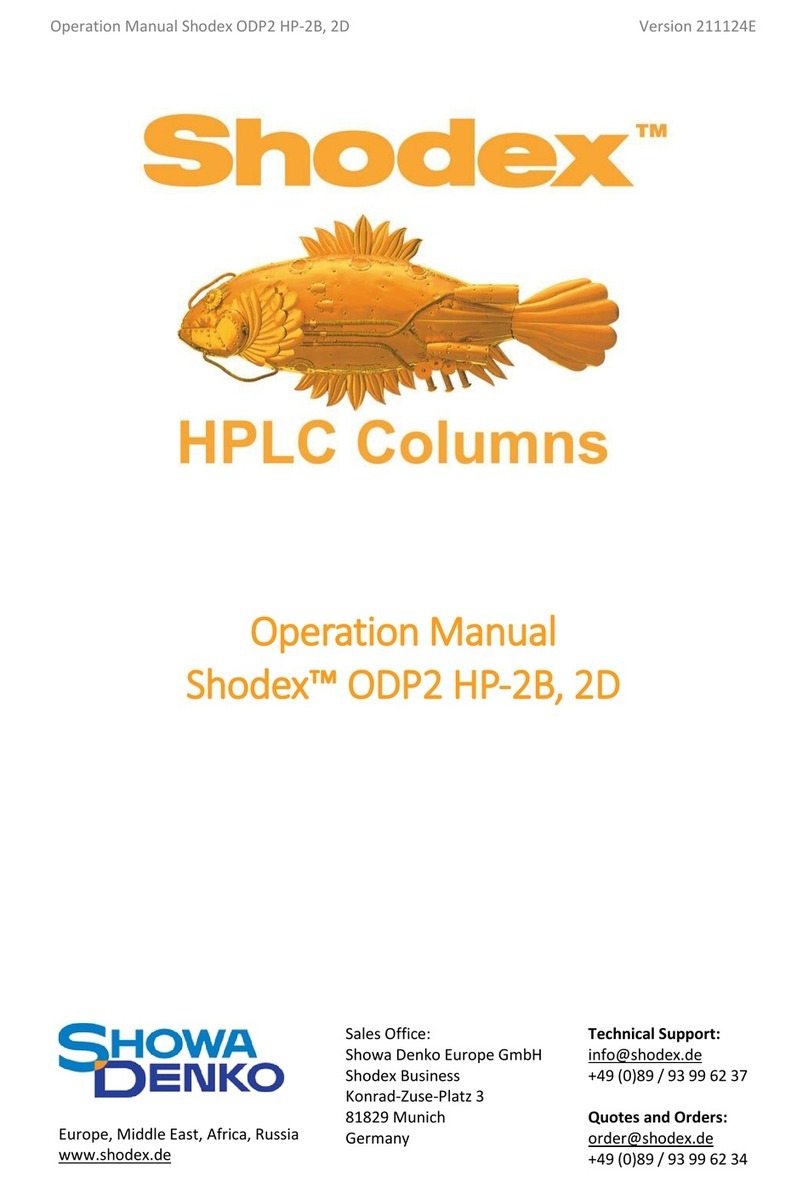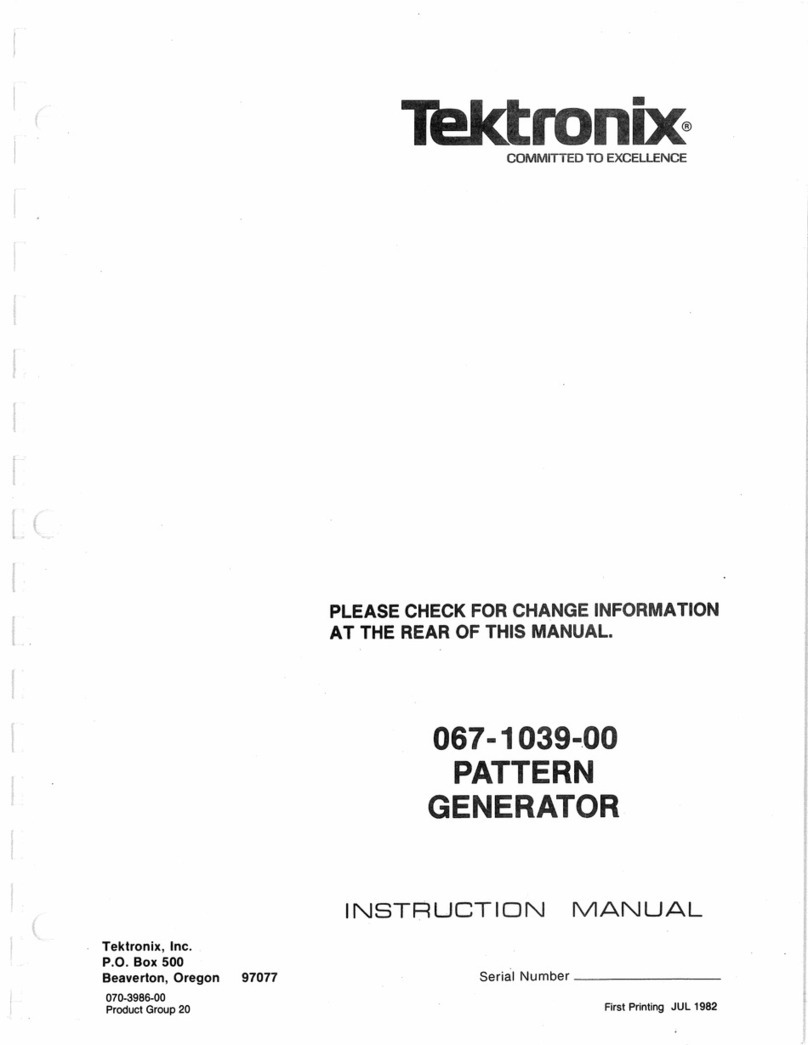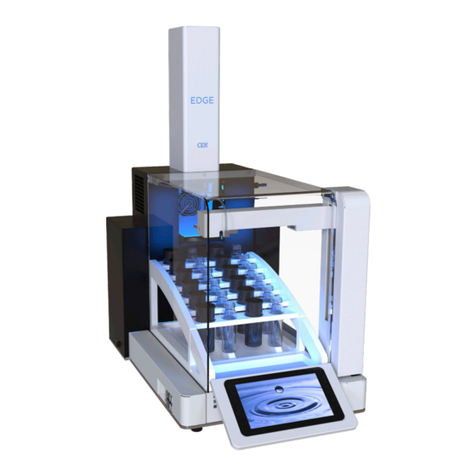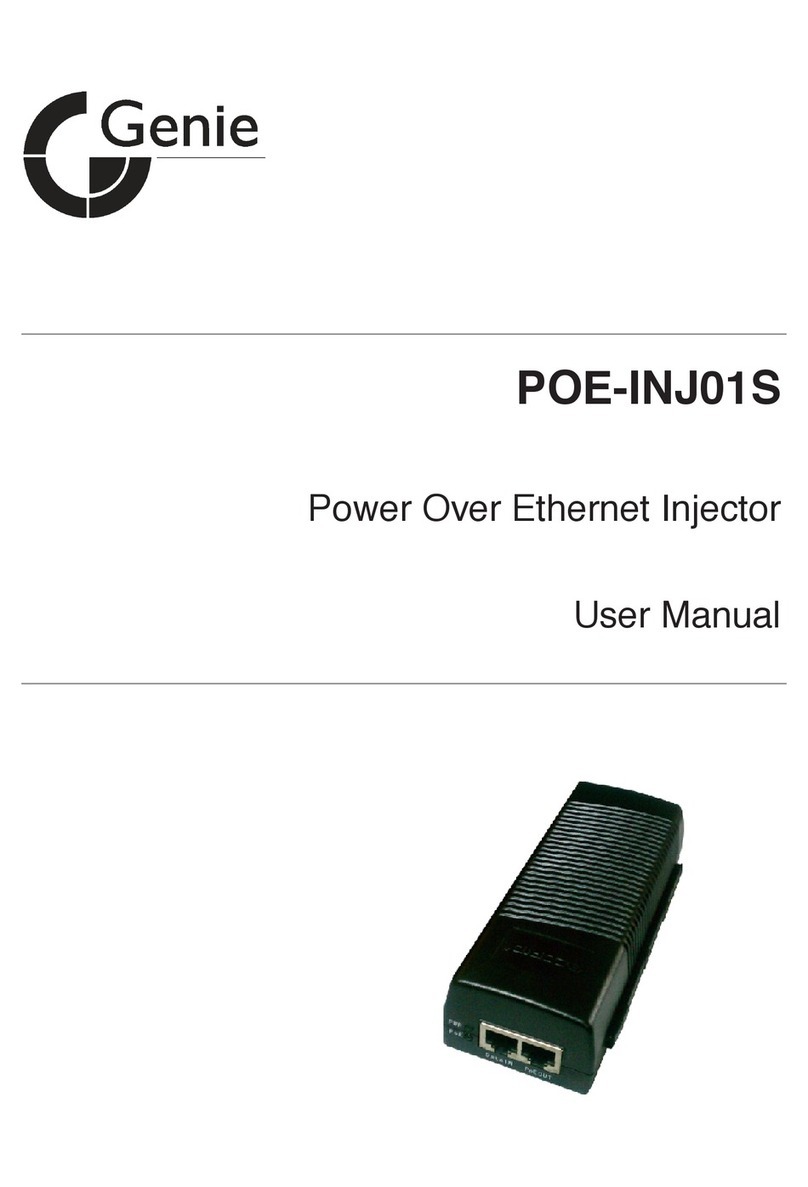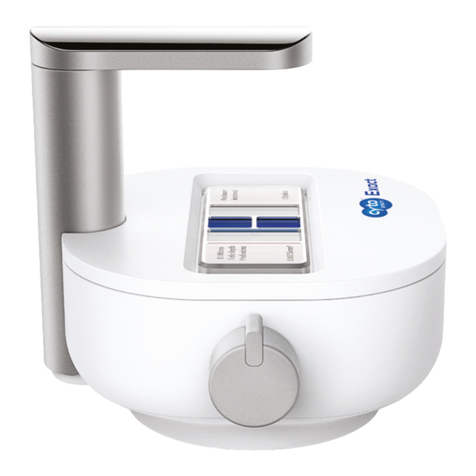Showa Denko Shodex Asahipak GF-HQ Series User manual








This manual suits for next models
12
Table of contents
Other Showa Denko Laboratory Equipment manuals

Showa Denko
Showa Denko Shodex RSpak NN-814 User manual
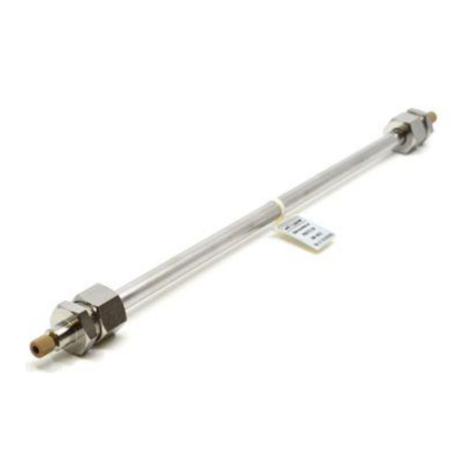
Showa Denko
Showa Denko Shodex RSpak DS-413 User manual
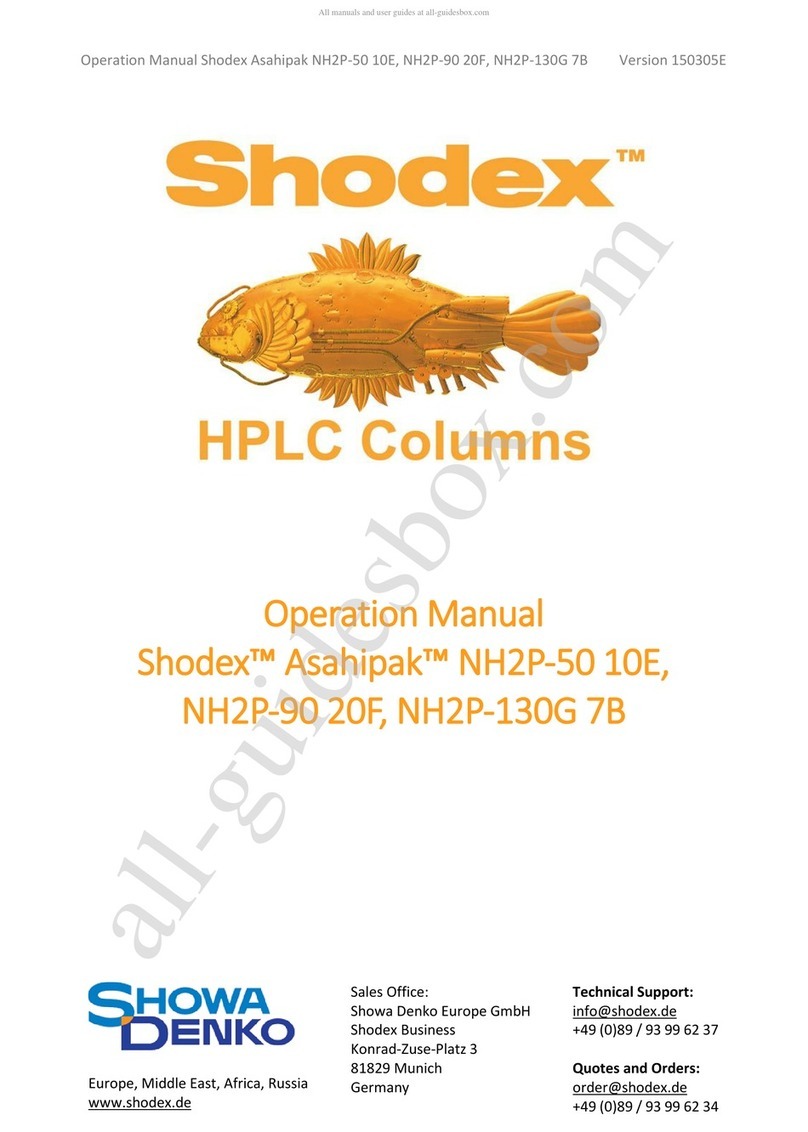
Showa Denko
Showa Denko Shodex Asahipak NH2P-50 10E User manual
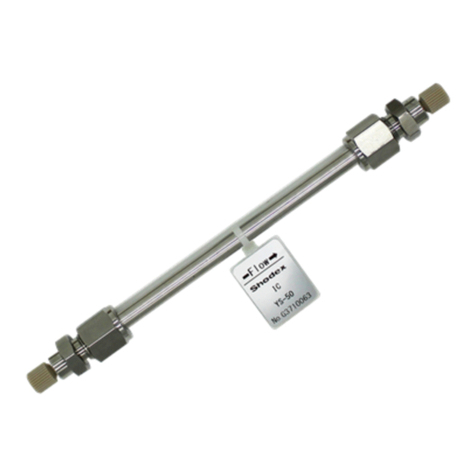
Showa Denko
Showa Denko Shodex IC YS-50 User manual
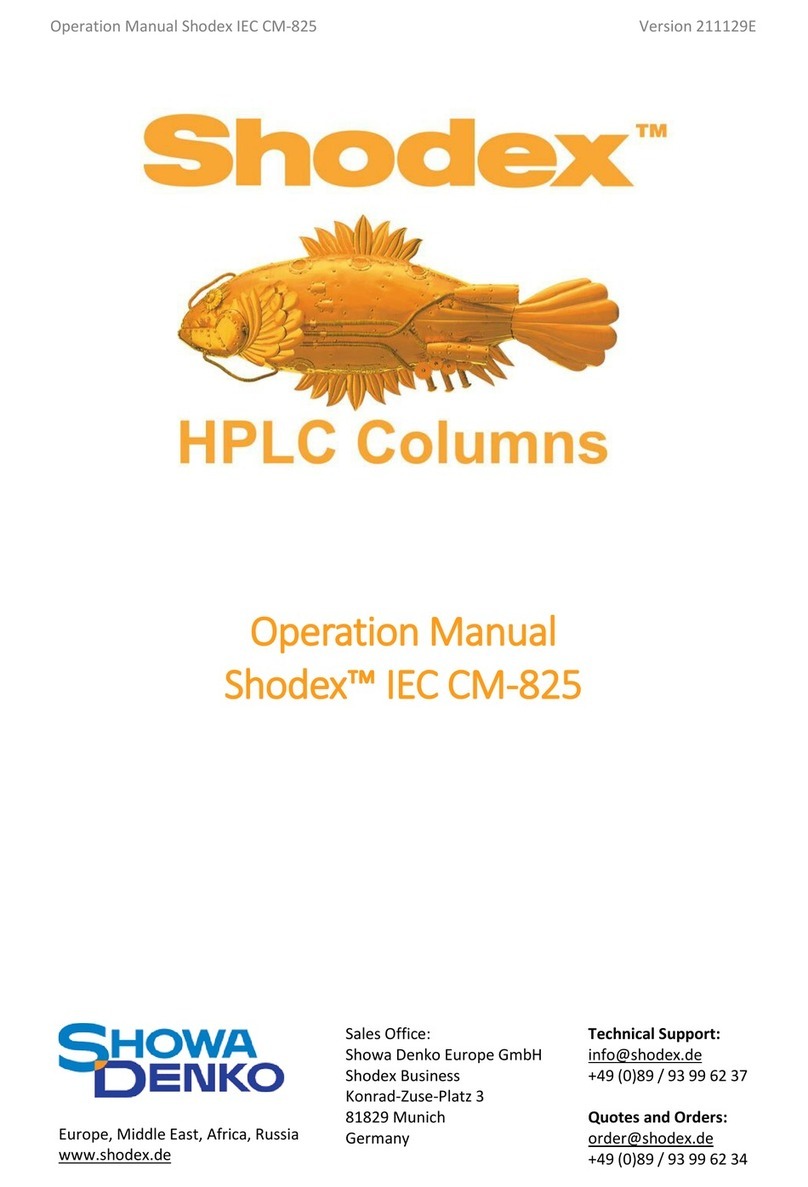
Showa Denko
Showa Denko Shodex IEC CM-825 User manual
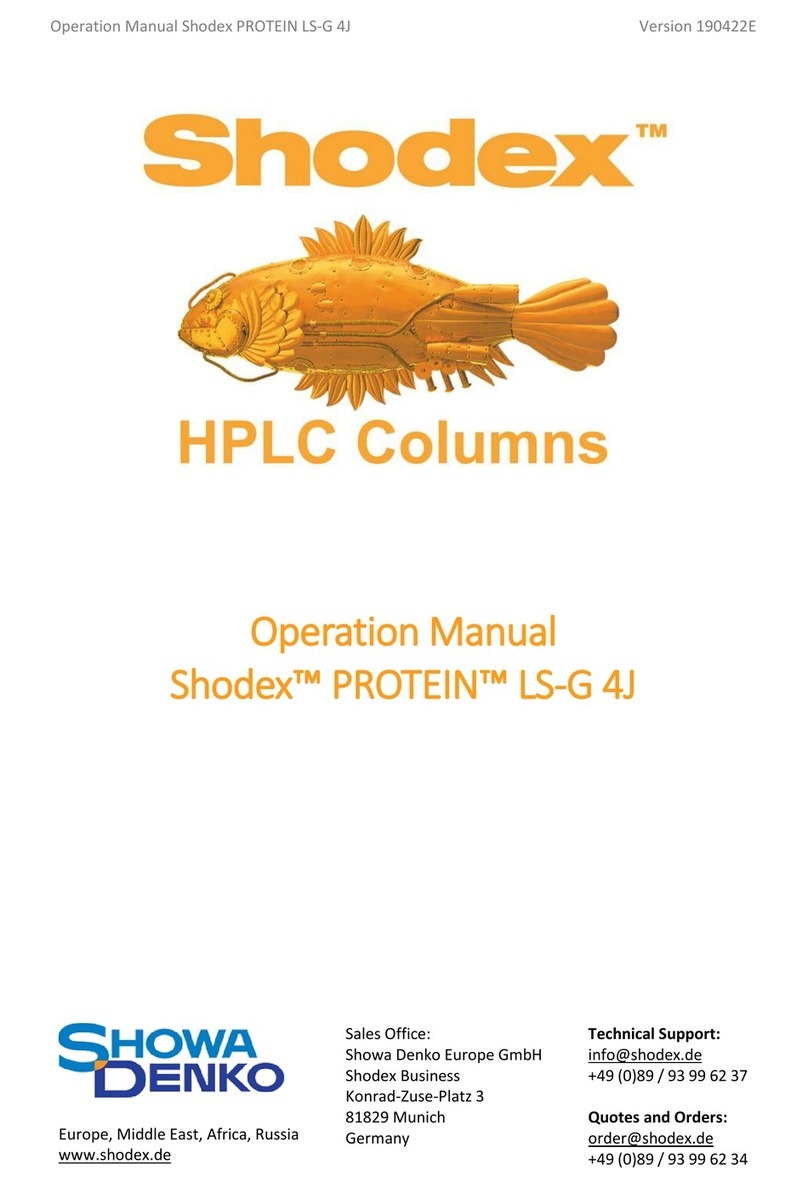
Showa Denko
Showa Denko Shodex PROTEIN LS-G 4J User manual
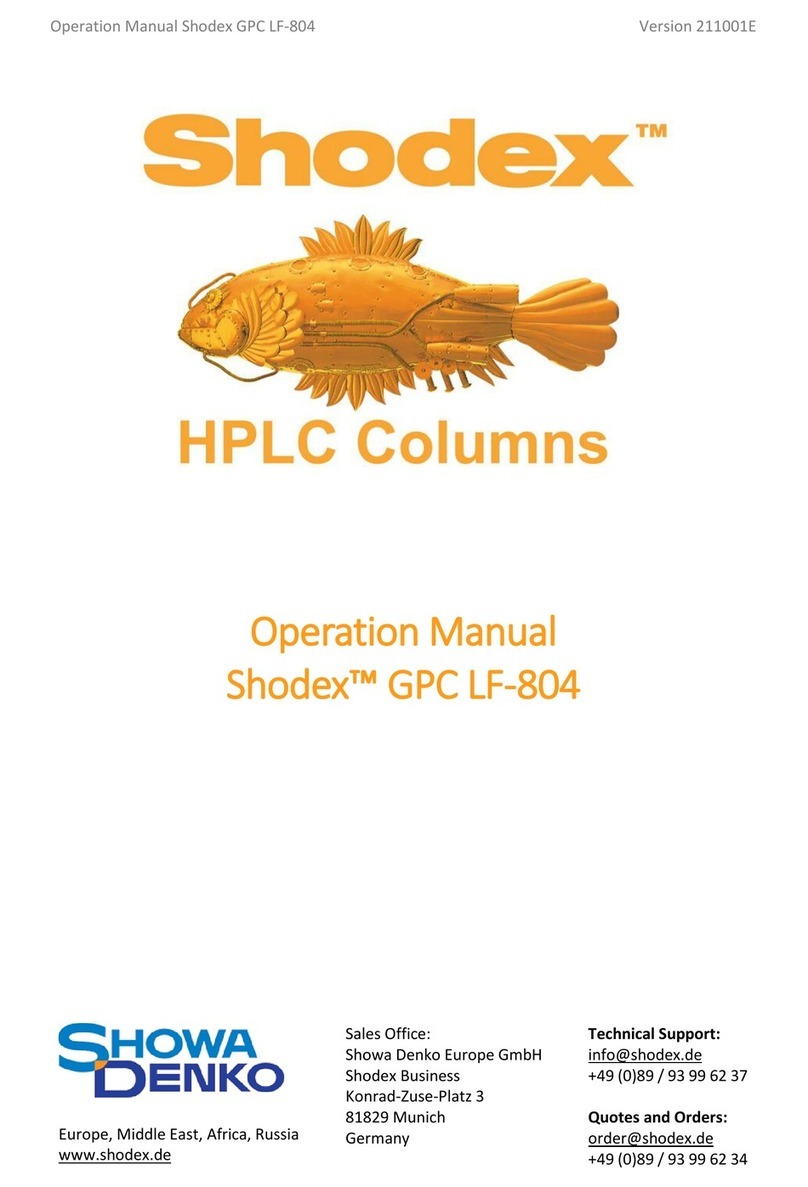
Showa Denko
Showa Denko Shodex GPC LF-804 User manual
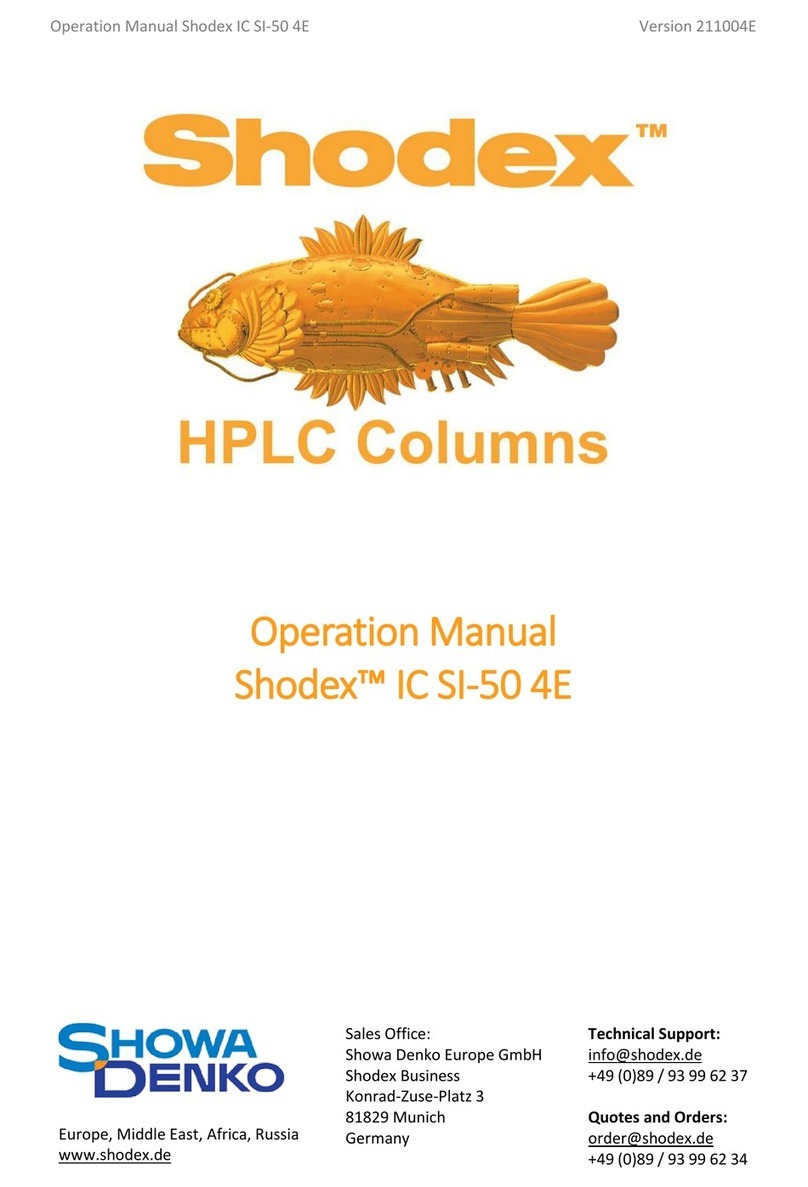
Showa Denko
Showa Denko Shodex IC SI-50 4E User manual

Showa Denko
Showa Denko Shodex GPC LF-404 User manual

Showa Denko
Showa Denko Shodex IC Y-521 User manual
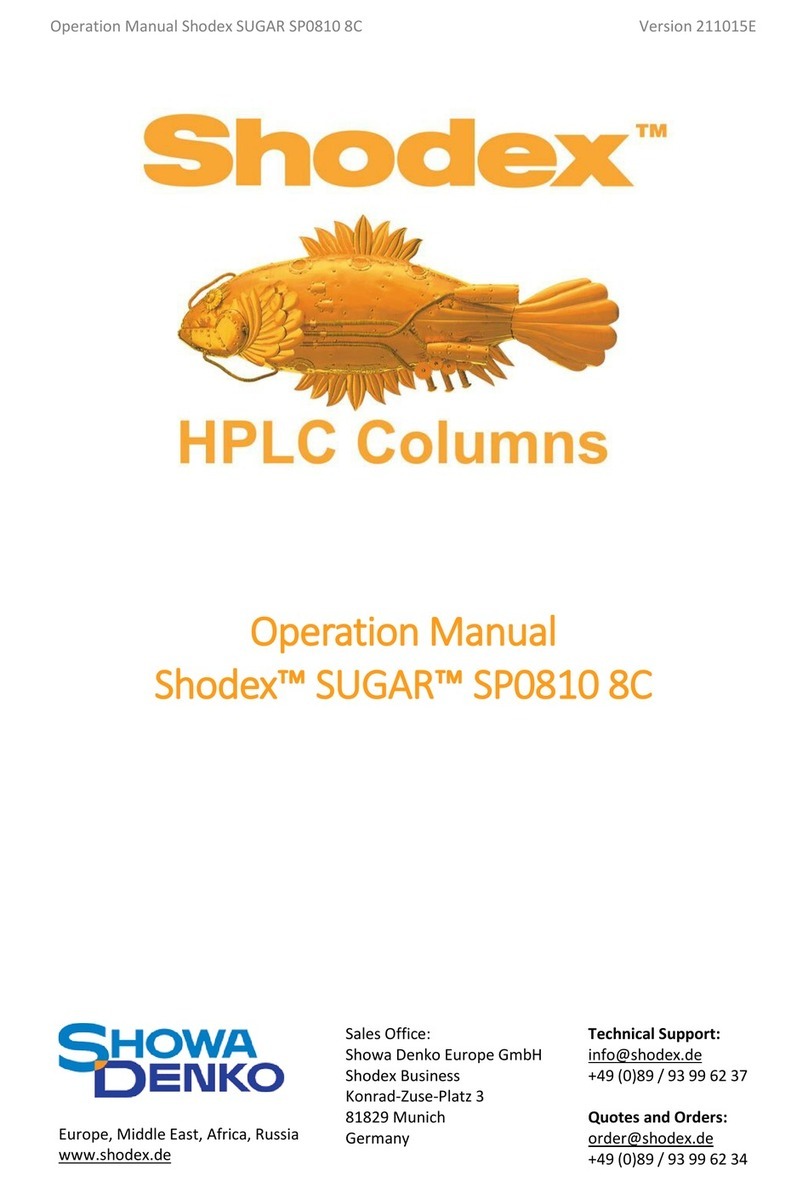
Showa Denko
Showa Denko Shodex SUGAR SP0810 8C User manual
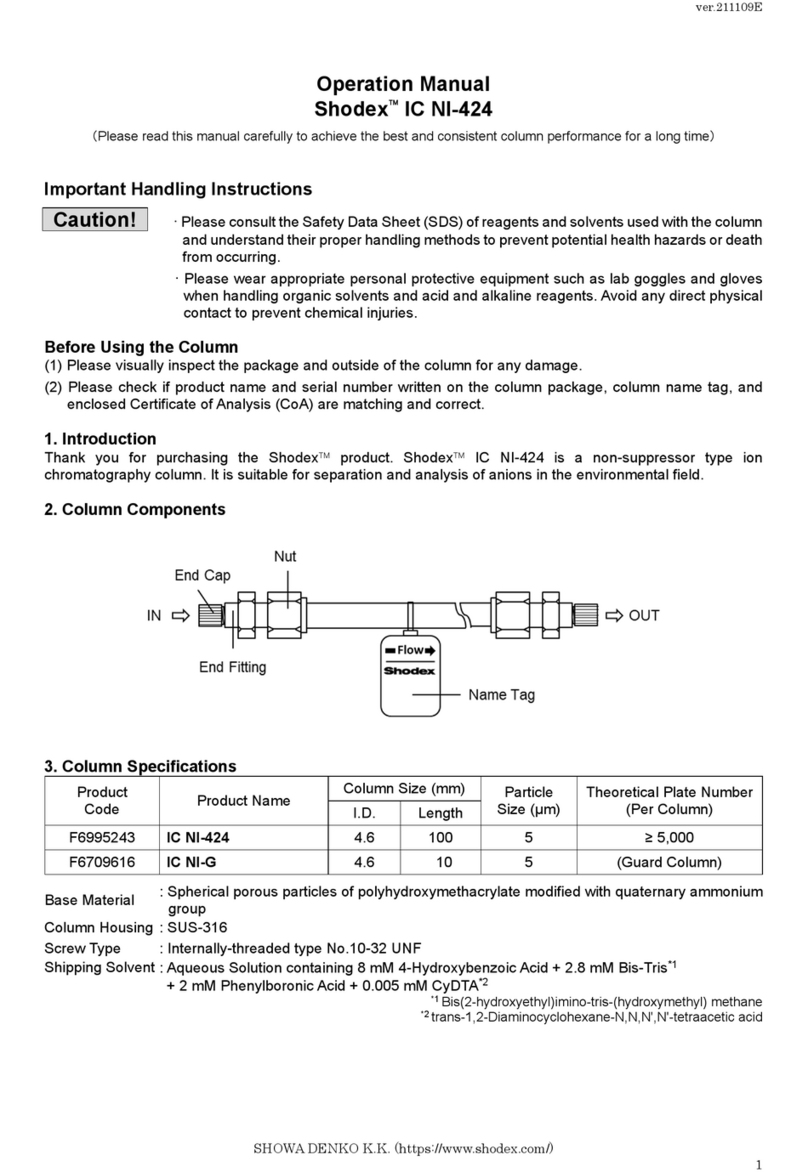
Showa Denko
Showa Denko Shodex IC NI-424 User manual
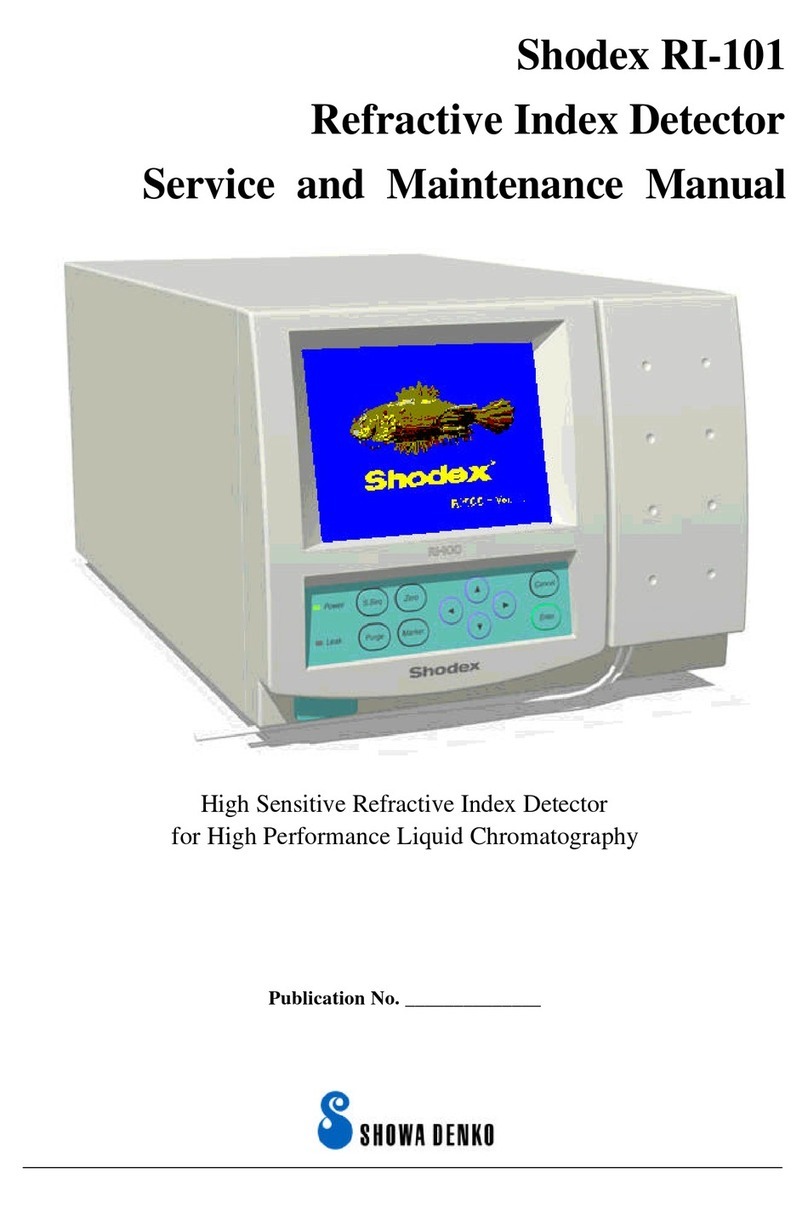
Showa Denko
Showa Denko Shodex RI-101 Installation and user guide
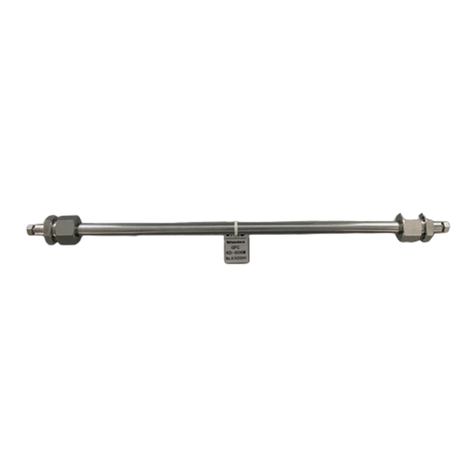
Showa Denko
Showa Denko Shodex GPC KD-800 Series User manual
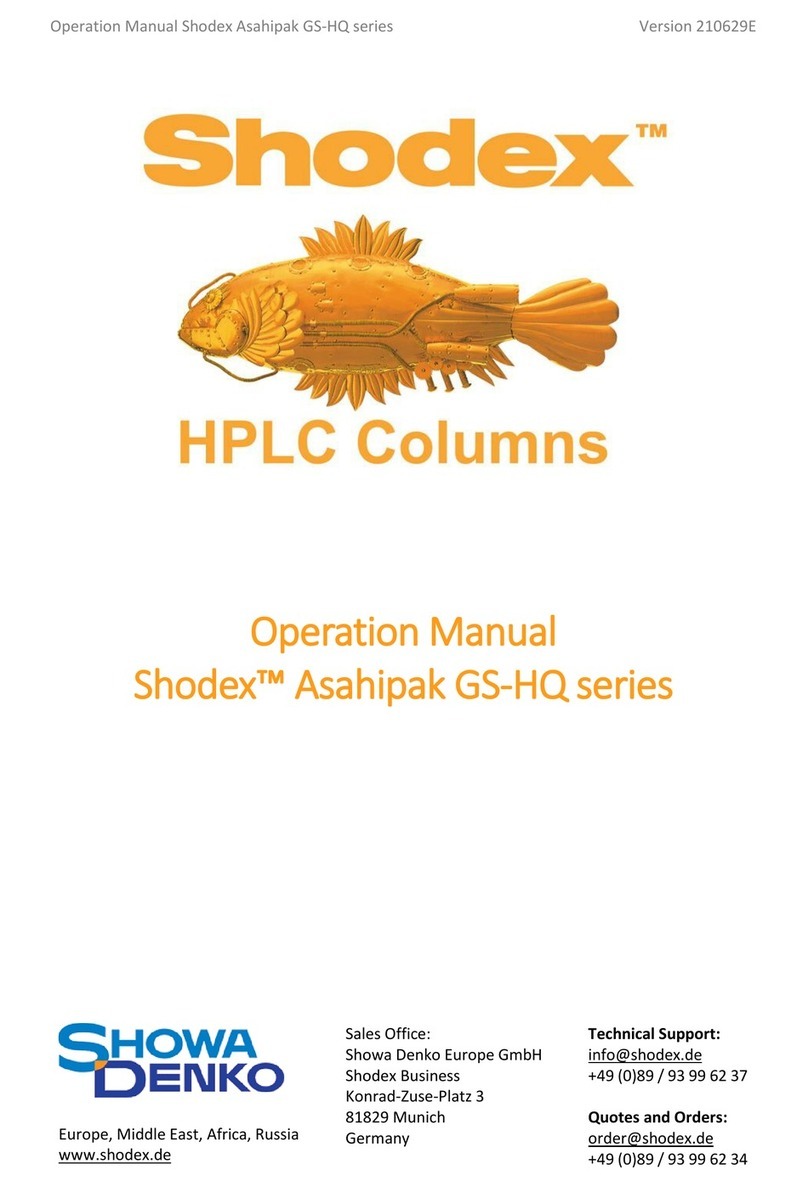
Showa Denko
Showa Denko Shodex Asahipak GS-HQ Series User manual
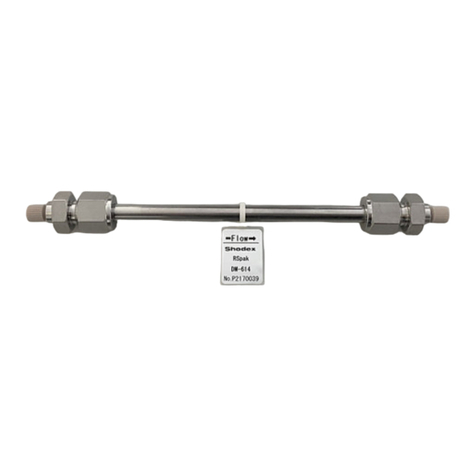
Showa Denko
Showa Denko Shodex RSpak DM-614 User manual
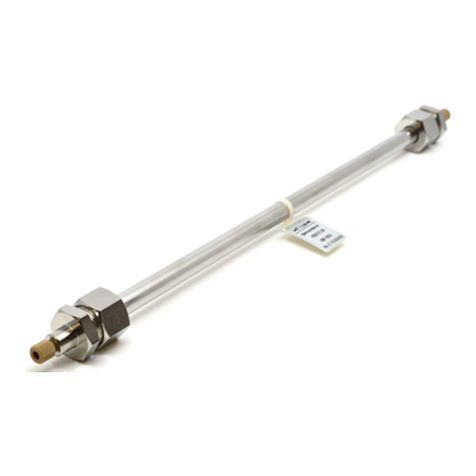
Showa Denko
Showa Denko Shodex RSpak JJ-50 2D User manual

Showa Denko
Showa Denko Shodex C18U 2B User manual

Showa Denko
Showa Denko Shodex GPC LF-604 User manual
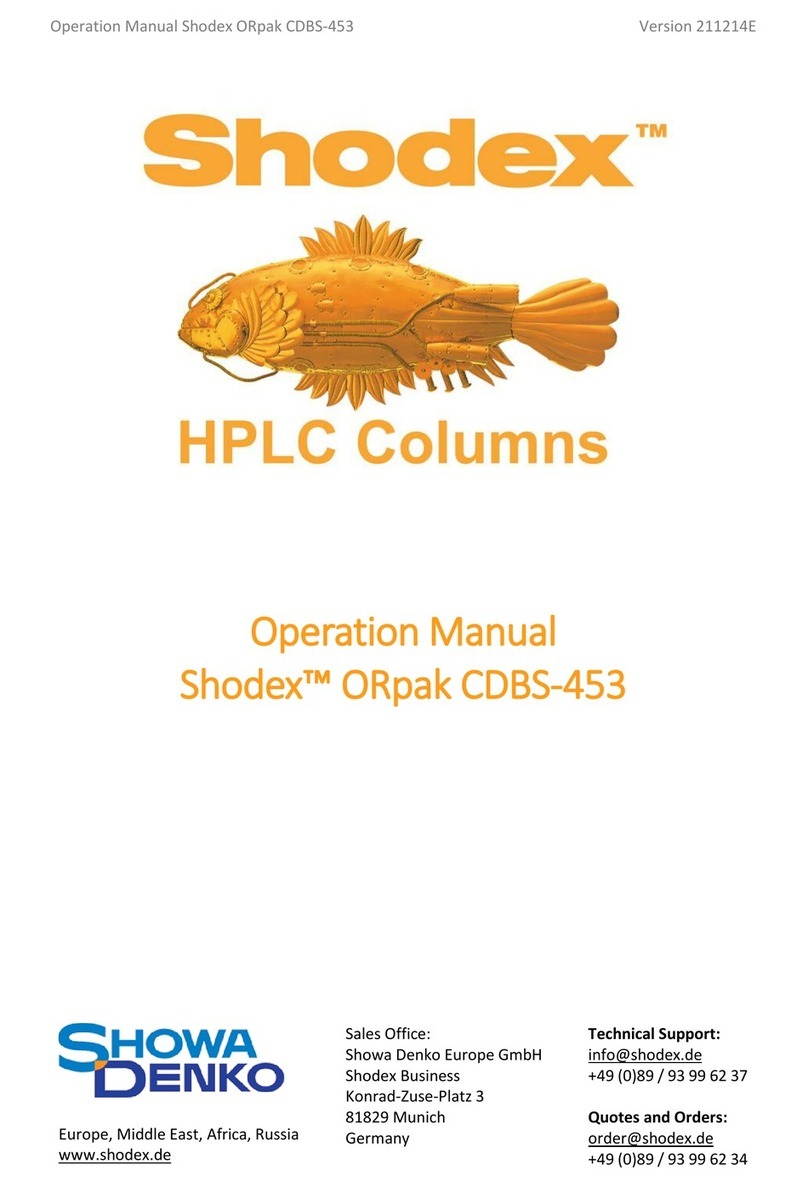
Showa Denko
Showa Denko Shodex ORpak CDBS-453 User manual
Popular Laboratory Equipment manuals by other brands

Thermo Scientific
Thermo Scientific BF51731 Installation and operational manual

Optika Italy
Optika Italy B-150D Series instruction manual
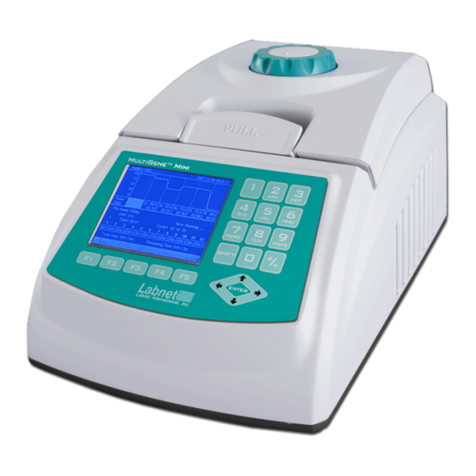
Labnet
Labnet MultiGene Mini Operation manual
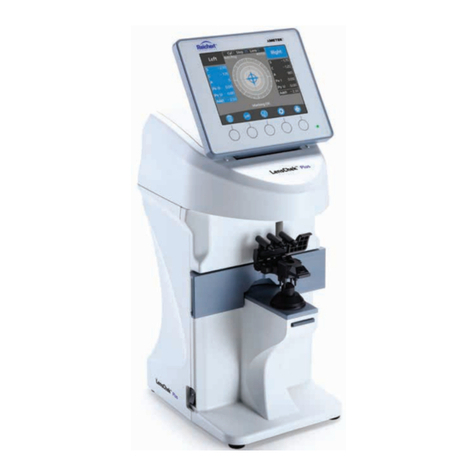
Reichert
Reichert Lensometer LensChek Plus user guide
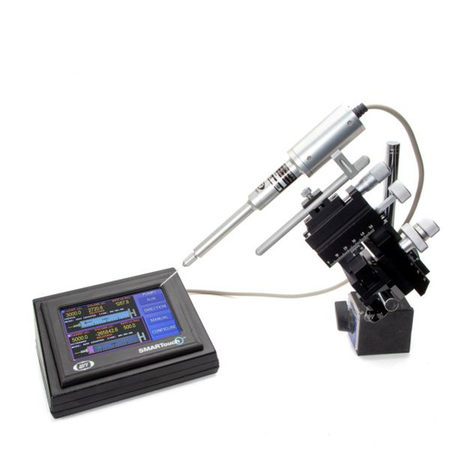
WPI
WPI NANOLITER2020 instruction manual

Fisher Scientific
Fisher Scientific accuSpin 1R Service manual

Tuttnauer
Tuttnauer 1730E Operation & maintenance manual
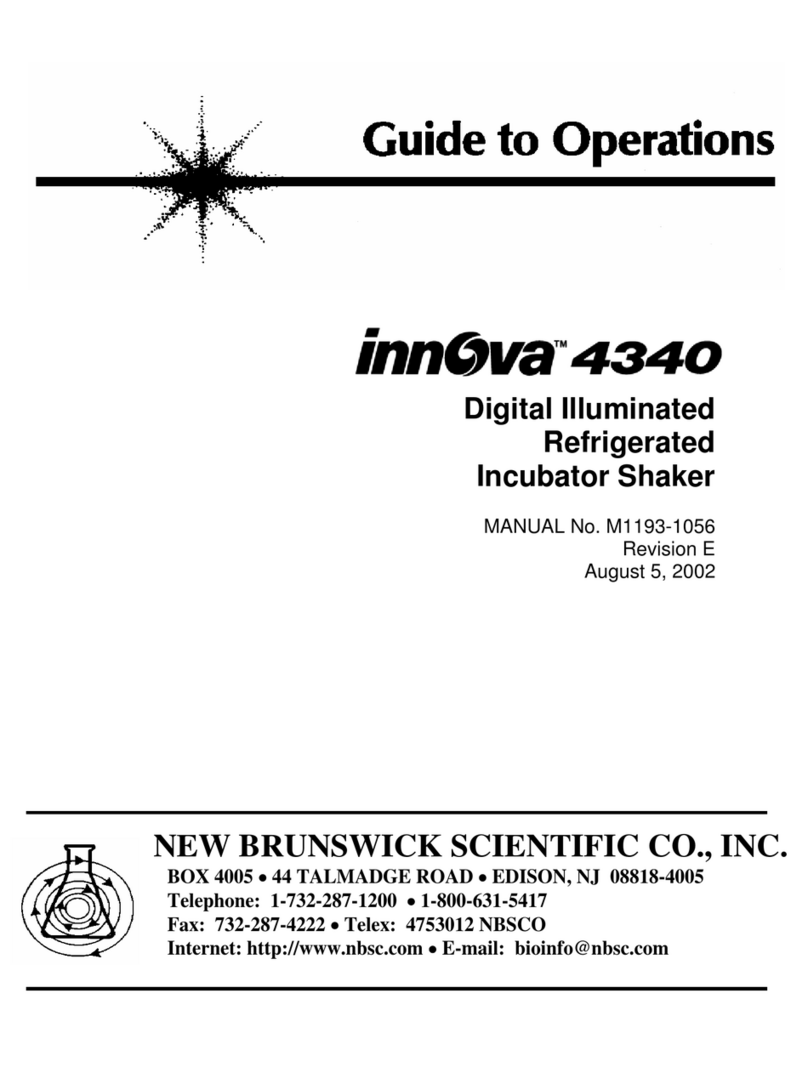
NEW BRUNSWICK SCIENTIFIC
NEW BRUNSWICK SCIENTIFIC innova 4340 Guide to operations

Proton
Proton XQ30 manual
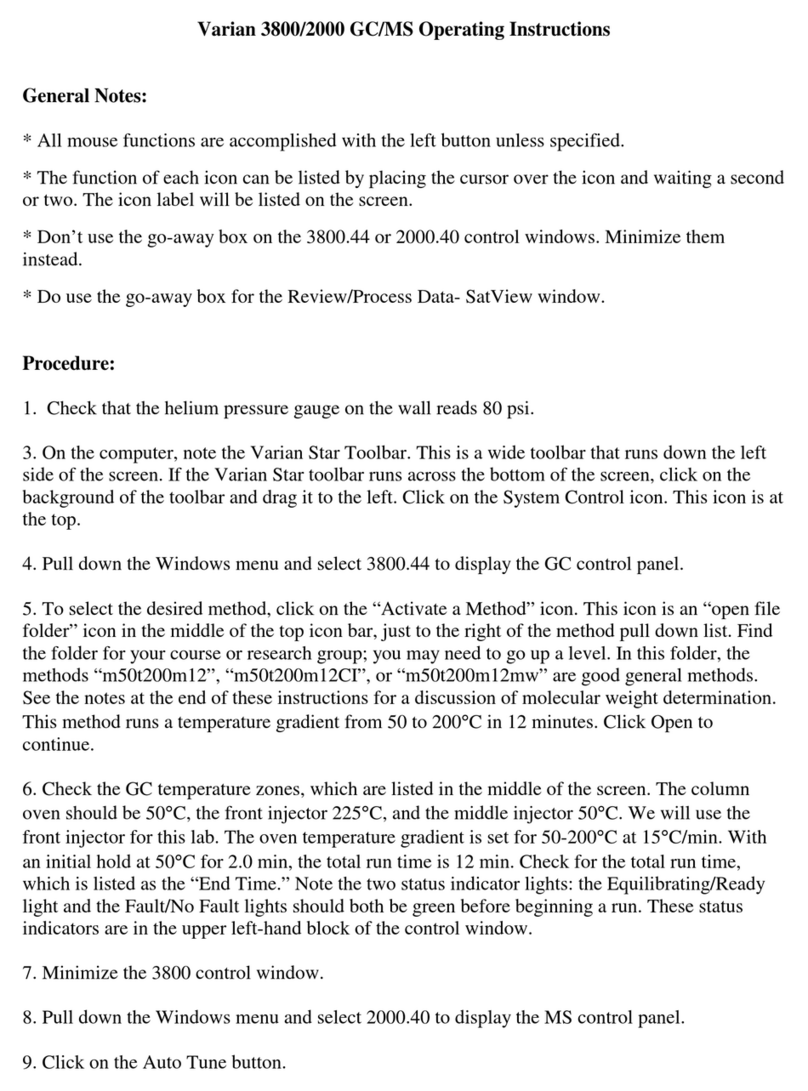
Agilent Technologies
Agilent Technologies Varian 3800 GC operating instructions

Thermo Scientific
Thermo Scientific Revco Installation and operation
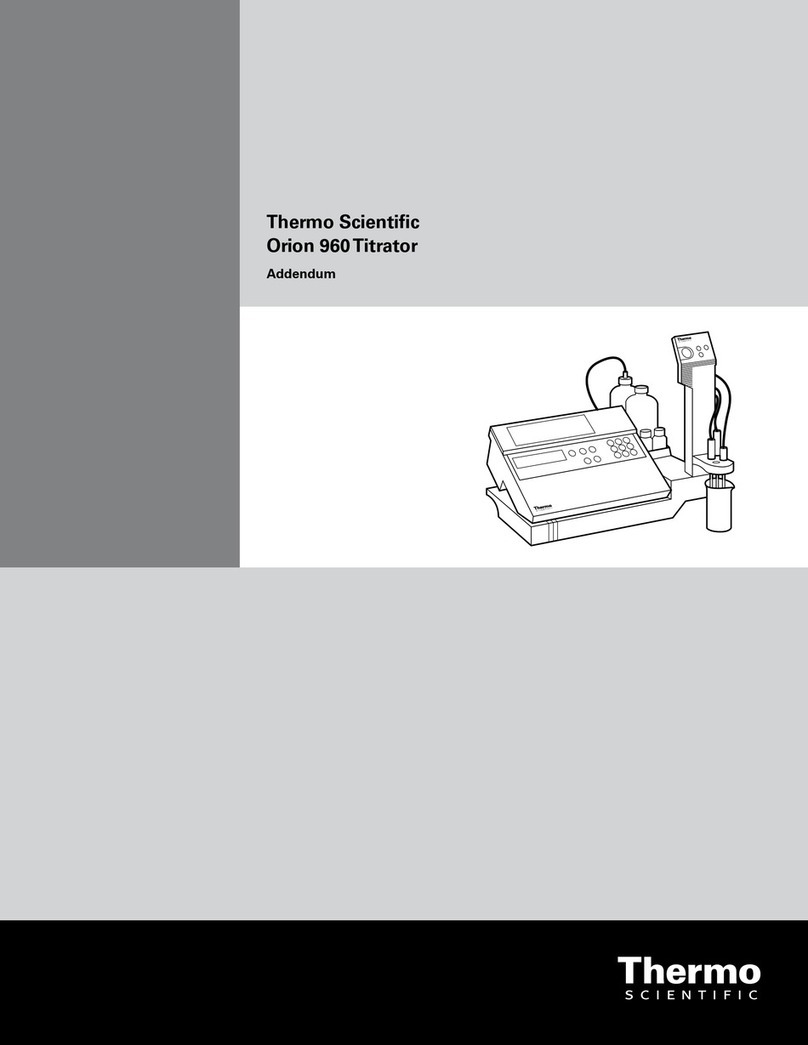
Thermo Scientific
Thermo Scientific Orion 960 Addendum
